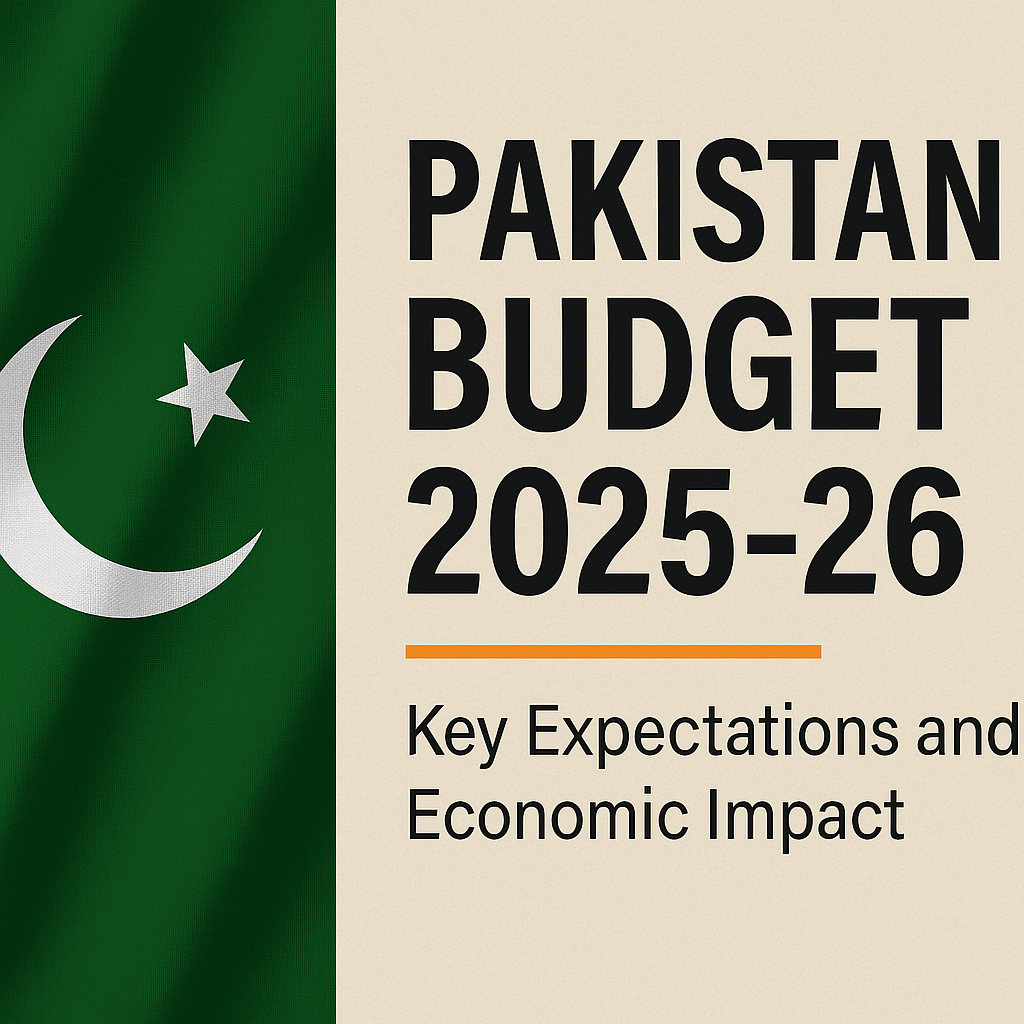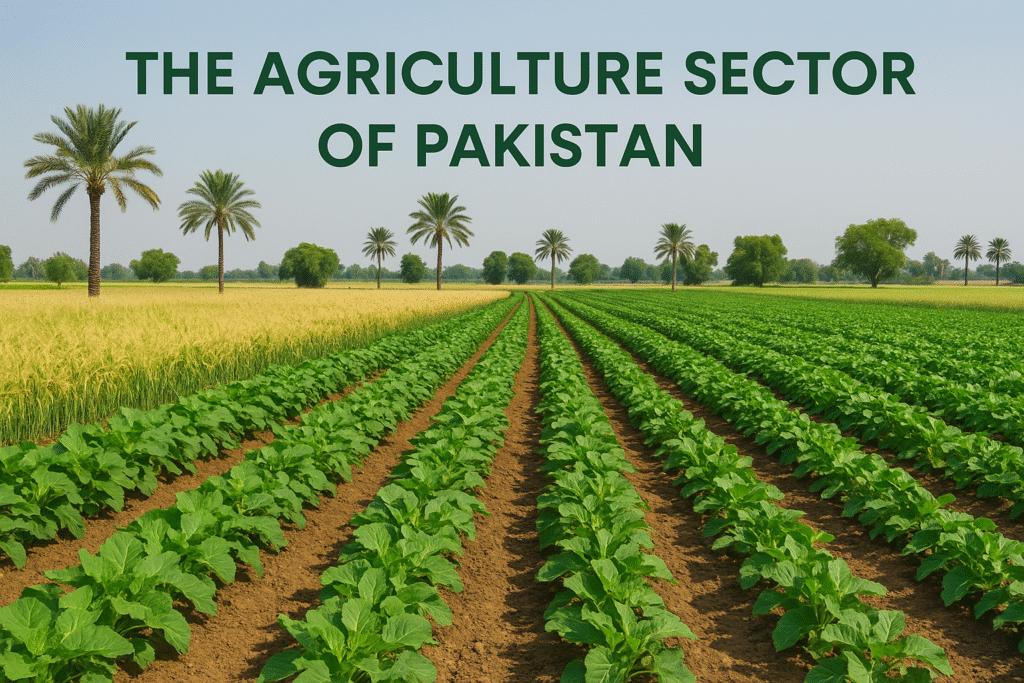Despite its vital role in sustaining rural livelihoods and contributing nearly a quarter to Pakistan’s economy, the agriculture sector has faced significant setbacks in the fiscal year 2024–25. The latest Economic Survey reveals a subdued growth of just 0.56%, a clear indicator that the sector is under stress. While certain sub-sectors like livestock and minor crops showed resilience, the broader picture signals a deeper crisis rooted in structural inefficiencies, climate vulnerability, and policy inertia.
1. Decline in Major Crops: A Major Blow
One of the most alarming trends was the 13.49% decline in major crop output. This segment typically anchors Pakistan’s agriculture and includes staple crops like wheat, rice, maize, sugarcane, and cotton.
Key Contractions:
- Cotton: -30.7%
- Maize: -15.4%
- Wheat: -8.9%
- Sugarcane: -3.9%
- Rice: -1.4%
The production collapse in cotton, in particular, has dire implications—not only for agriculture but also for the textile industry, Pakistan’s largest export sector. These declines were driven by a combination of poor weather, reduced cultivation areas, and low-quality inputs.
2. Climate Change and Weather Extremes
Agriculture in Pakistan is highly climate-sensitive, and FY2025 was marked by erratic rainfall, higher-than-average temperatures, and unseasonal weather events. Pakistan’s increasing exposure to climate shocks—droughts, floods, and heatwaves—has exacerbated:
- Soil degradation
- Crop failures
- Water scarcity
Despite securing international funding for climate resilience, on-the-ground adaptation practices remain limited.
3. Input Cost Inflation and Access Issues
Farmers faced rising input costs for fertilizers, seeds, pesticides, diesel, and electricity. While fertilizer off-take increased by 15%, it also led to higher production costs, squeezing profit margins for smallholders. Moreover:
- Quality certified seeds remain in short supply.
- Subsidy schemes are poorly targeted and often delayed.
- Agricultural credit, though expanded to Rs 3.4 trillion, remains inaccessible to small farmers without collateral.
4. Irrigation and Water Mismanagement
Pakistan’s irrigation system—once a marvel of engineering—is now plagued with inefficiency and overuse. Outdated canal infrastructure and poor water governance have led to:
- Wastage and seepage
- Reduced water availability downstream
- Over-reliance on groundwater, leading to depletion
Despite being a water-intensive sector, agriculture has yet to adopt modern irrigation techniques like drip and sprinkler systems at scale.
5. Fragmented Land Holdings and Low Mechanization
The average farm size in Pakistan continues to shrink, resulting in:
- Economies of scale being lost
- Reduced investment capacity per farmer
- Barriers to adopting mechanization and modern technologies
Only a small percentage of farmers use tractors, harvesters, or precision farming tools—keeping productivity low and costs high.
6. Poor Post-Harvest Infrastructure and Market Linkages
Even when crops are successfully grown, a large portion is lost due to:
- Lack of cold storage
- Inefficient transportation
- Poor packaging and processing
The absence of modern supply chains not only results in waste but also leads to lower farm-gate prices, limiting farmers’ profitability.
7. Inadequate Policy Continuity and Implementation
Agriculture policy in Pakistan has suffered from short-termism, lack of implementation, and poor inter-provincial coordination. Reforms are often announced but seldom sustained, including:
- Support price inconsistencies
- Subsidy leakages
- Weak agricultural extension services
Moreover, the agriculture sector lacks strong representation in policymaking, despite its importance.
Conclusion: The Path Forward
The disappointing performance of the agriculture sector in FY2025 is not due to a single factor but rather a cumulative failure across climate response, governance, infrastructure, and innovation. Without urgent, targeted reforms, Pakistan risks prolonged stagnation in a sector that feeds its population and fuels its exports.
To turn things around, Pakistan needs a holistic agriculture strategy that combines:
- Climate-smart farming
- Access to finance and technology
- Investment in irrigation and storage
- Institutional and market reforms
Only then can agriculture regain its rightful place as a driver of inclusive growth and rural prosperity.


